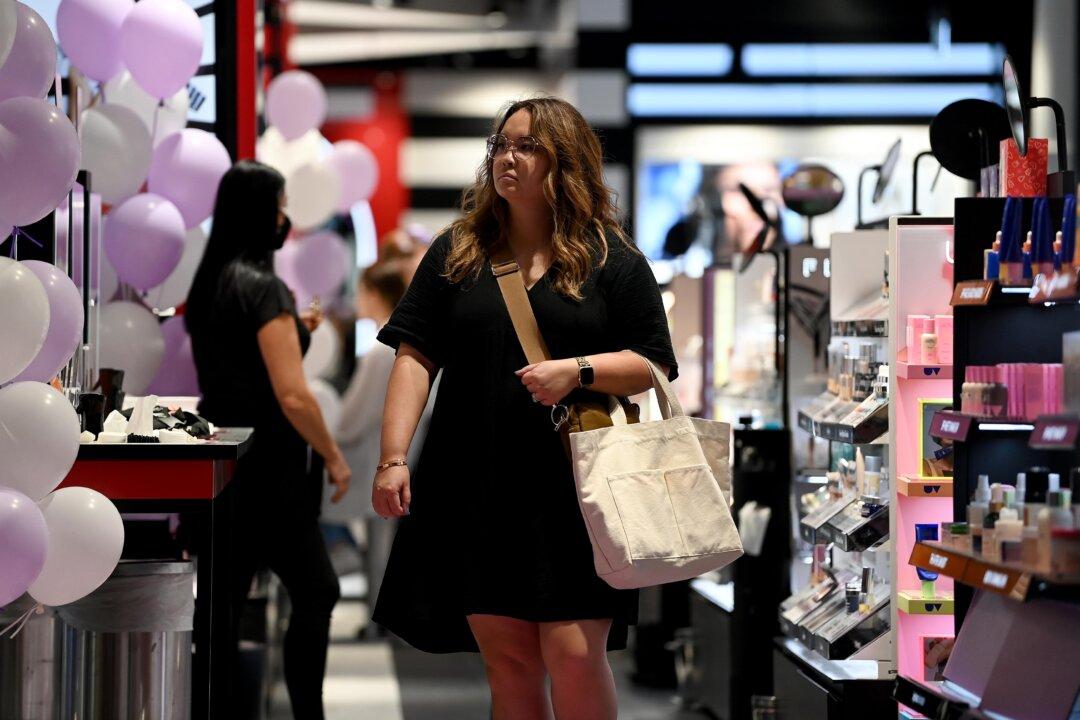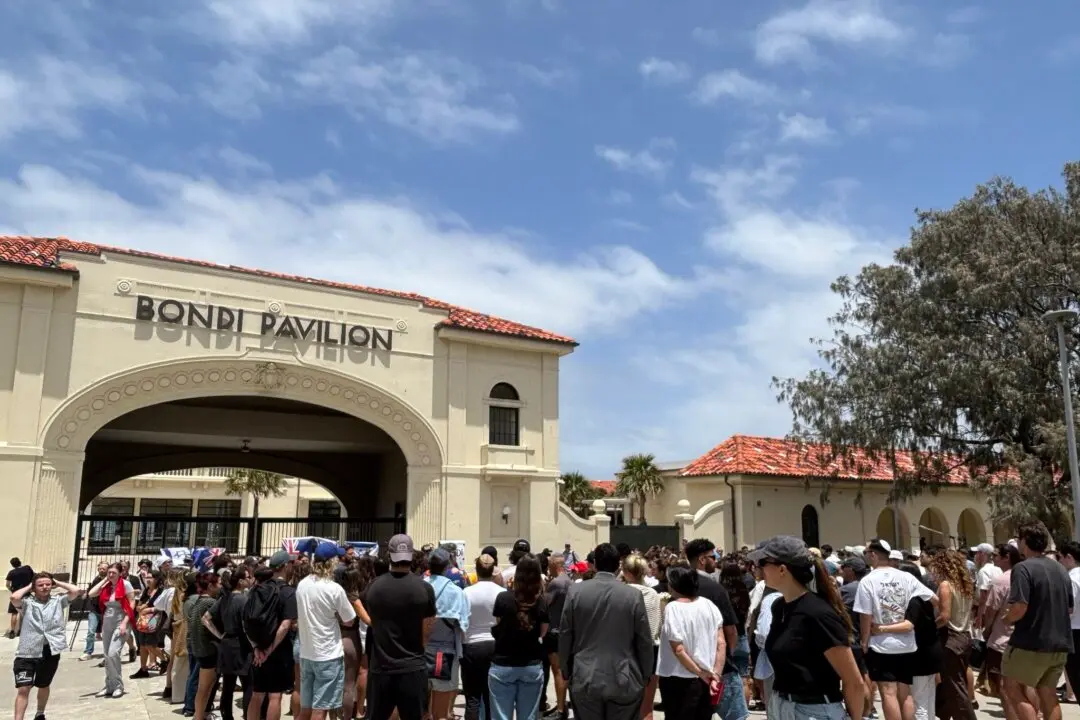The persistently strong labour market and Black Friday sales are likely leading to a rise in consumer confidence, which improved for the second week in a row.
The weekly pulse check of consumer sentiment remains well below historical averages, sitting at levels last seen in the early stages of the pandemic.





